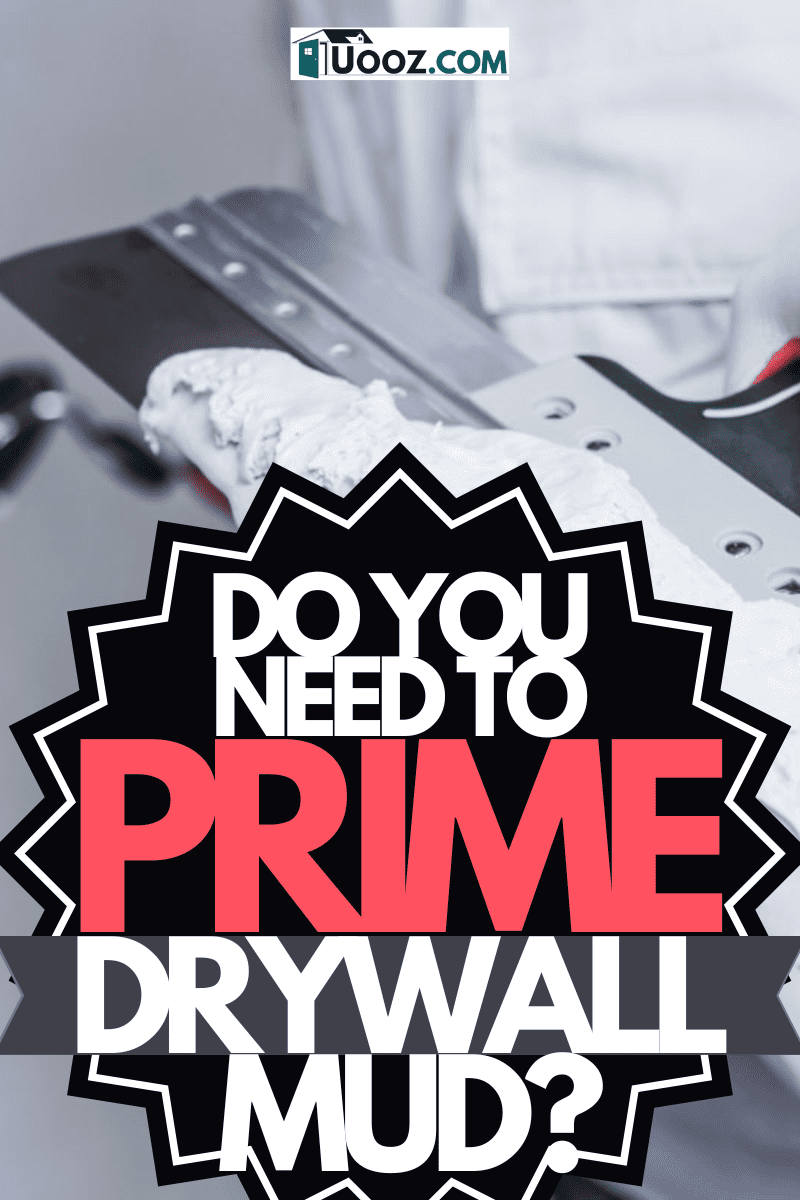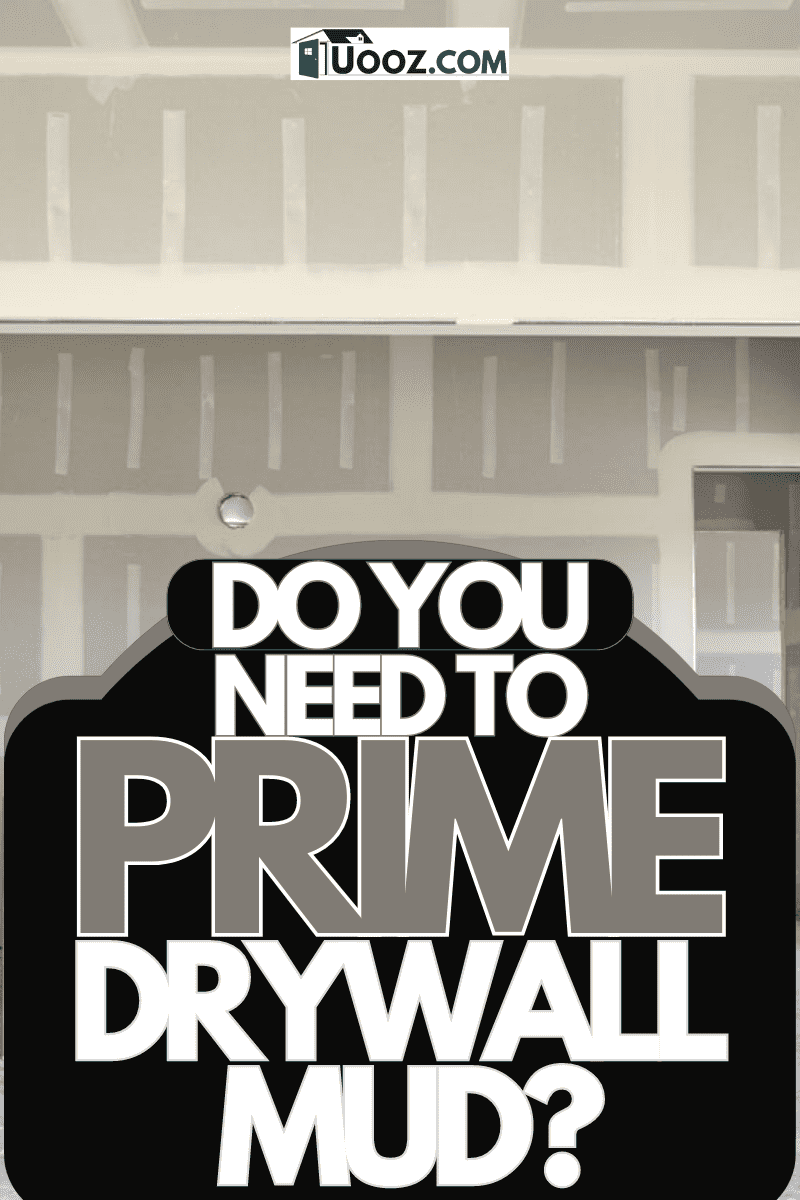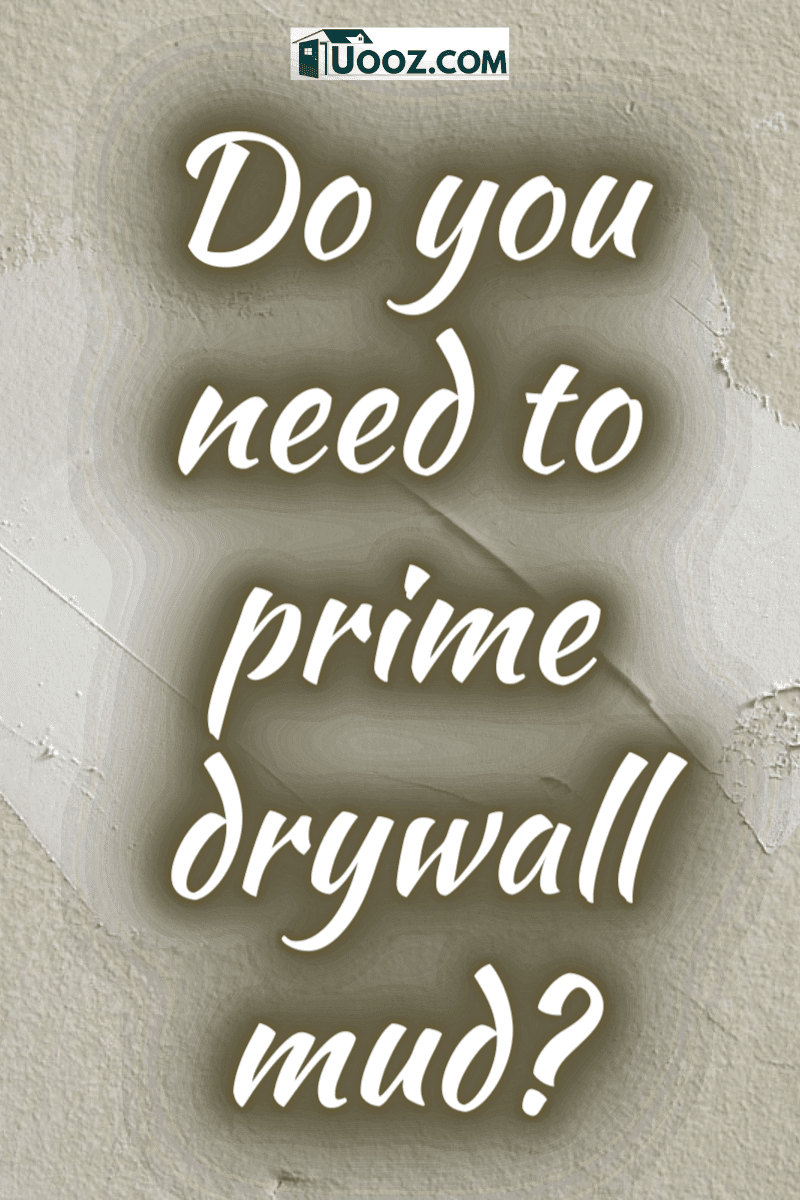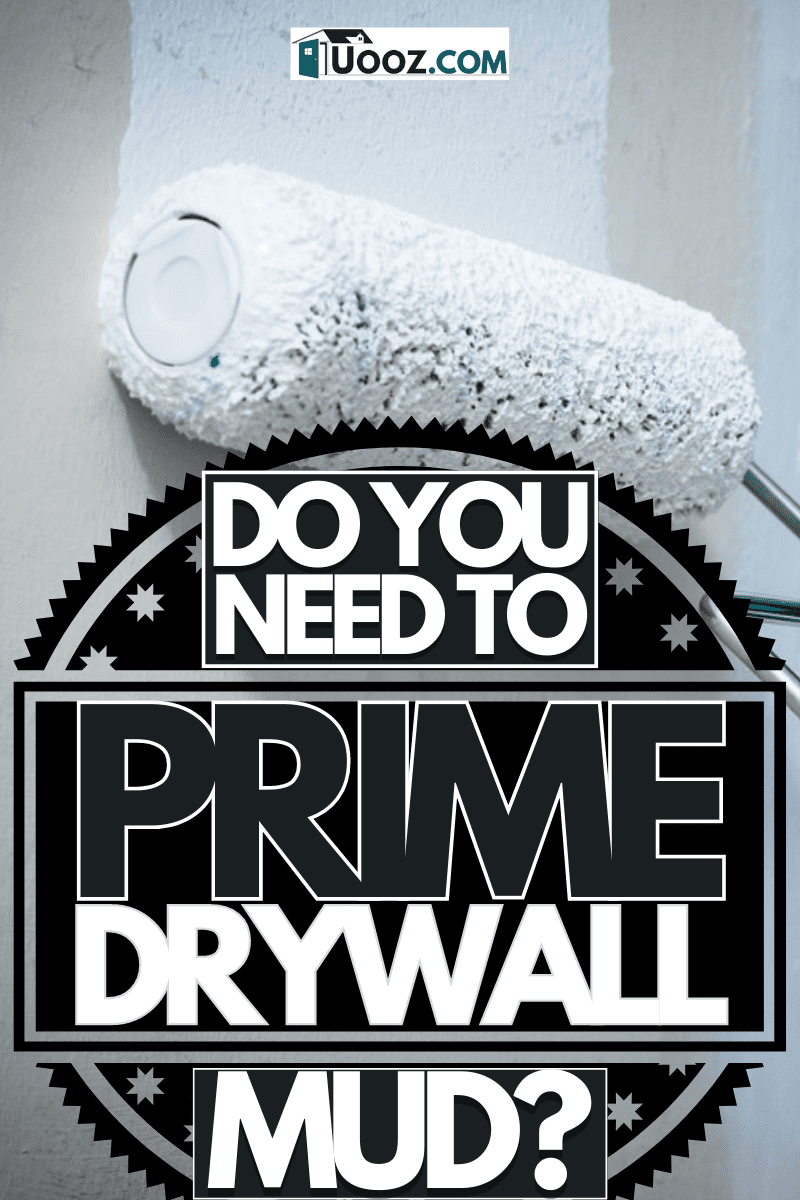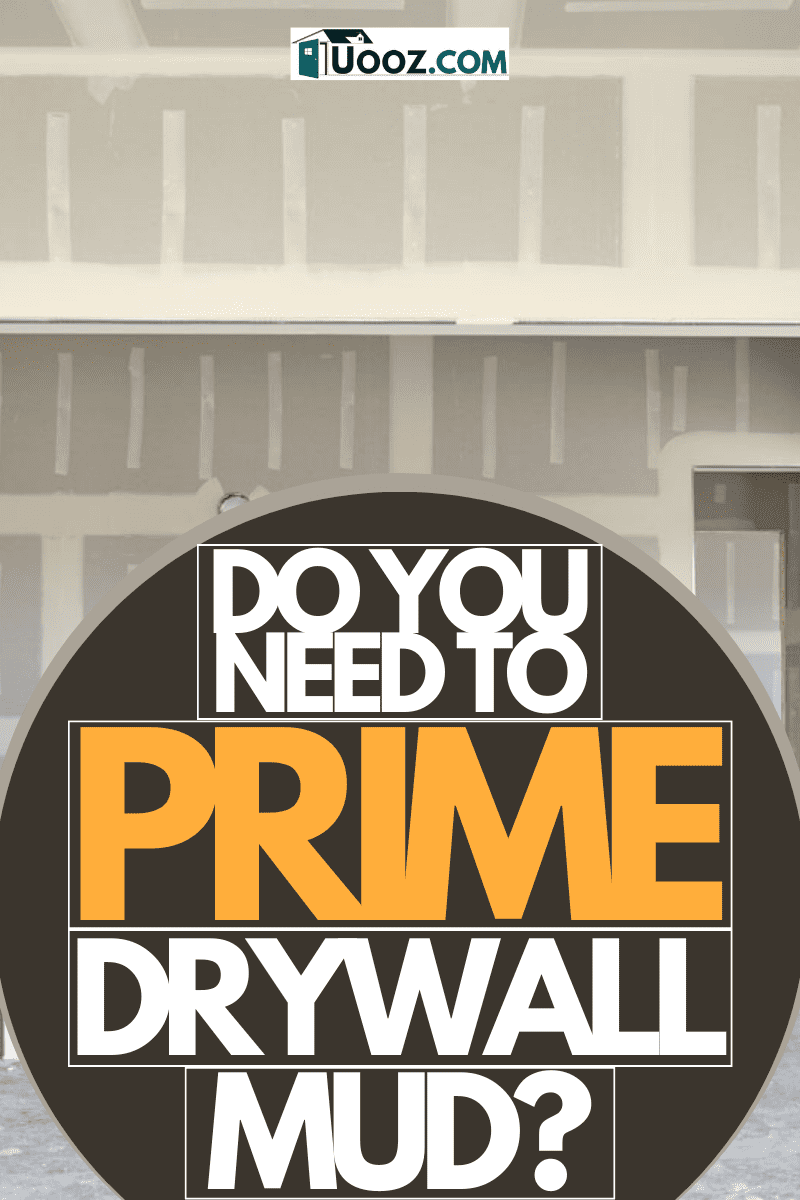Putting the finishing touches on the walls in a house can be tedious. If you're wondering whether primer is required for drywall mud, keep reading. We've researched this question and have an answer below!
You should prime drywall mud once it dries. Typically, drywall mud is used to secure drywall in place, giving it a strong base for paint. Before painting drywall that's been mudded, you should cover it with a primer.
You will want to use a PVA primer with a latex base, as it will seal the porous drywall. Because of the latex base, you can expect your paint to go on smoothly.
In this article, we will cover priming drywall mud and discuss what products work best. Whether you're renovating, fixing a damaged wall, or have other related questions, we're here to help. With that said, let's dive right in!
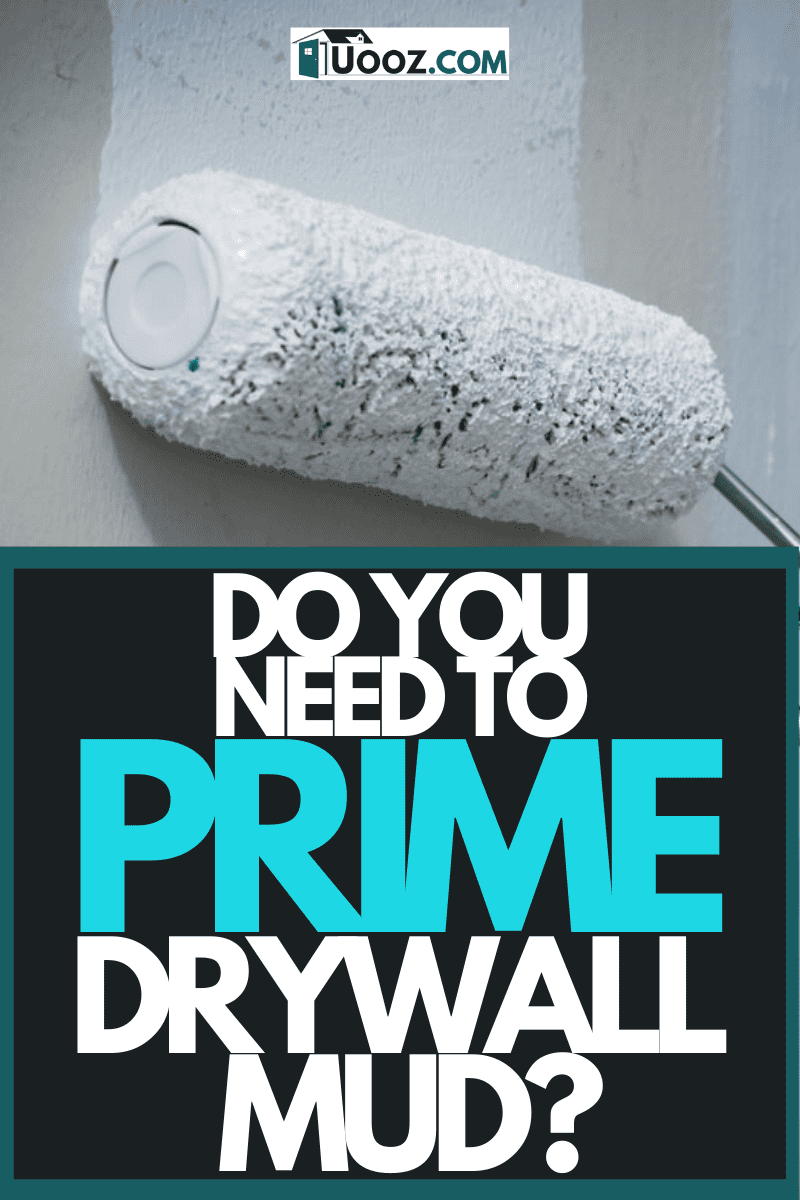
Do You Have To Prime Drywall Mud?
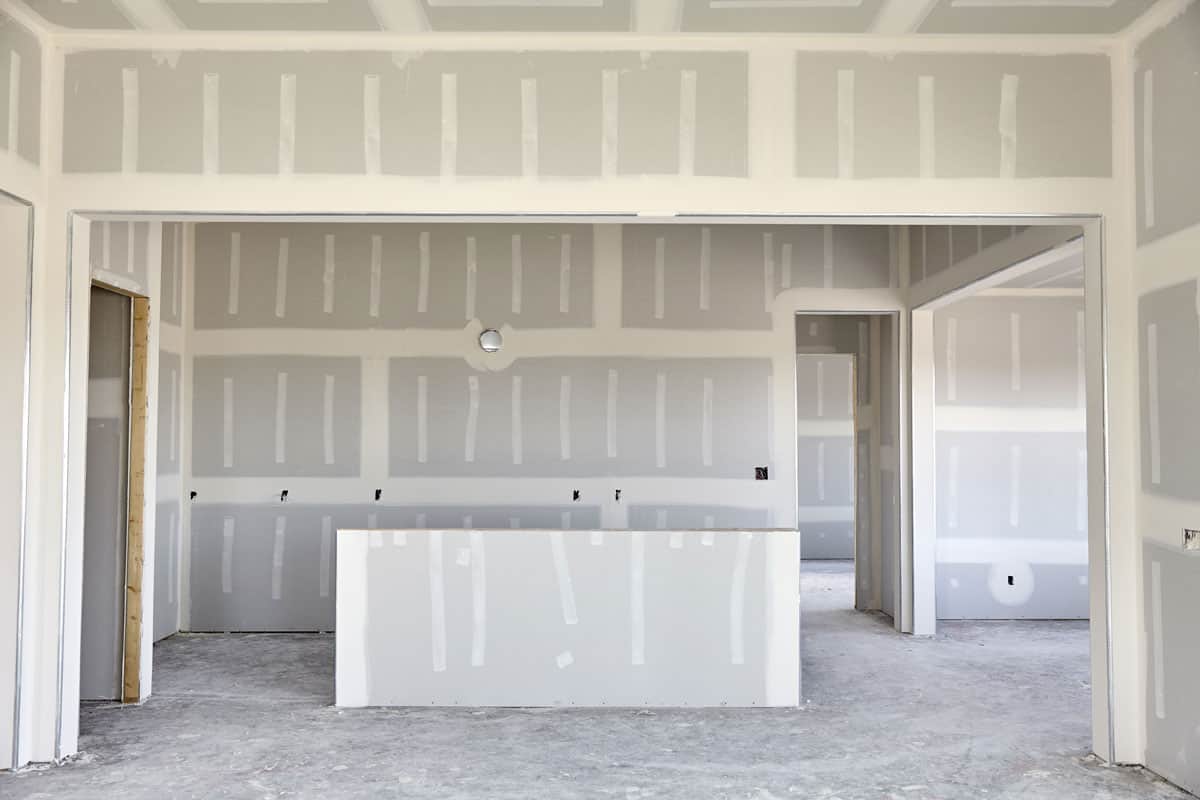
Yes! Although priming the entire area of mudded drywall can seem like an overstep, doing this is crucial. You'll want to make sure your drywall is sealed before painting it. Through mudding and priming, the drywall will be ready for painting. You should wait for the drywall mud to settle before adding your priming product.
Dywall mud (or joint compound) is porous and absorbent, which can cause issues for the paint when you add it. For example, if you add paint to the drywall mud without primer, you'll likely see spots that look lighter or darker.
That's because the wall won't have an even, non-porous surface for the paint to adhere to. Even high-coverage paint formulas can't always overcome the sponge-like qualities of drywall mud, leading to a lower-quality finished product.
On top of that, priming drywall mud will give you a better canvas to work on for texturizing, which many homeowners like to do.
When Should You Prime Drywall Mud?
Drywall mud should dry for 24 hours before priming or painting. Because drywall mud is thick, it needs time to settle and harden on your walls.
In addition, you want to hold off on sanding the drywall mud down for 24 hours. Your mud will be delicate during this time, and the last thing anyone wants is to have to start over. This process can be incredibly time-sensitive and tedious.
You also want to give your drywall mud, primer, and paint about 24 hours of dry time between each other. So, if you're putting together a timeline for your project, you need around three days total.
The best thing to do during the 24-hour dry time is open a window (if you're in a dry climate), turn on the ceiling fan, or purchase a separate box fan that plugs into the wall.
Your drywall mud, primer, and paint will dry faster if there is cold, dry air circulating in the area. In contrast, getting the drywall mud to dry can take longer if you live somewhere with high humidity. You should turn on fans, get the air moving, and block moisture from the room. A dehumidifier may also be worth investing in for this project.
Do You Have To Prime A Drywall Mud Patch?
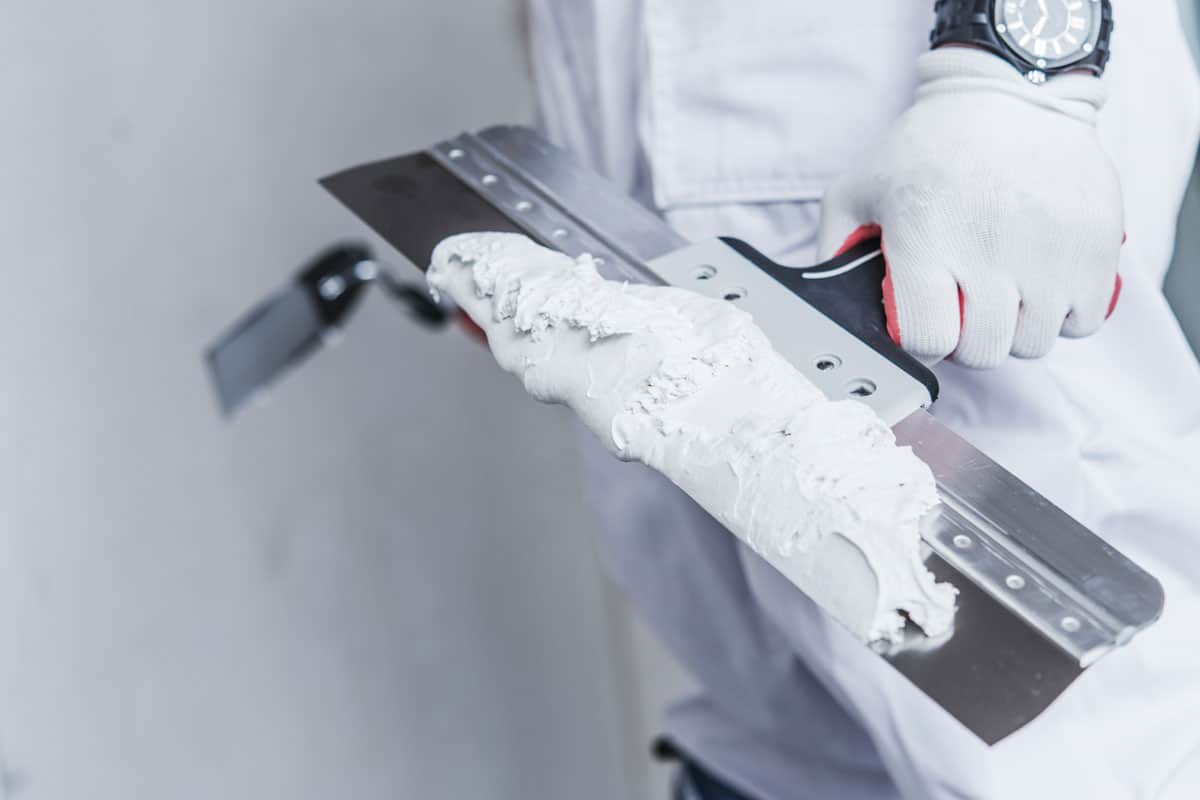
Even if you're using a small amount of drywall mud to patch up a hole, crack, or other wall damage, we still recommend using primer. When using drywall mud to patch damage, people often forget the importance of primer.
Although you may only use enough drywall mud to cover two or three inches of the wall, that spot will become noticeable if you paint directly over it. For example, when you paint directly over a patch of drywall mud and then the rest of the wall, you'll be able to tell where the repair was made.
Therefore, it's always good practice to use a bit of primer, whether you cover the whole wall or just the new drywall mud. Without this added primer, your mudding will absorb paint more than the rest of the wall, leading to color seepage/shadowing.
Dark rooms may be able to hide the imperfection, but as soon as the lights are on, you can pinpoint the mudding. According to experts, this process is common when using drywall mud.
All you have to do is apply a small amount of primer above the drywall mud, let it dry, and you're ready for paint.
What Is The Best Primer For Drywall Mud?
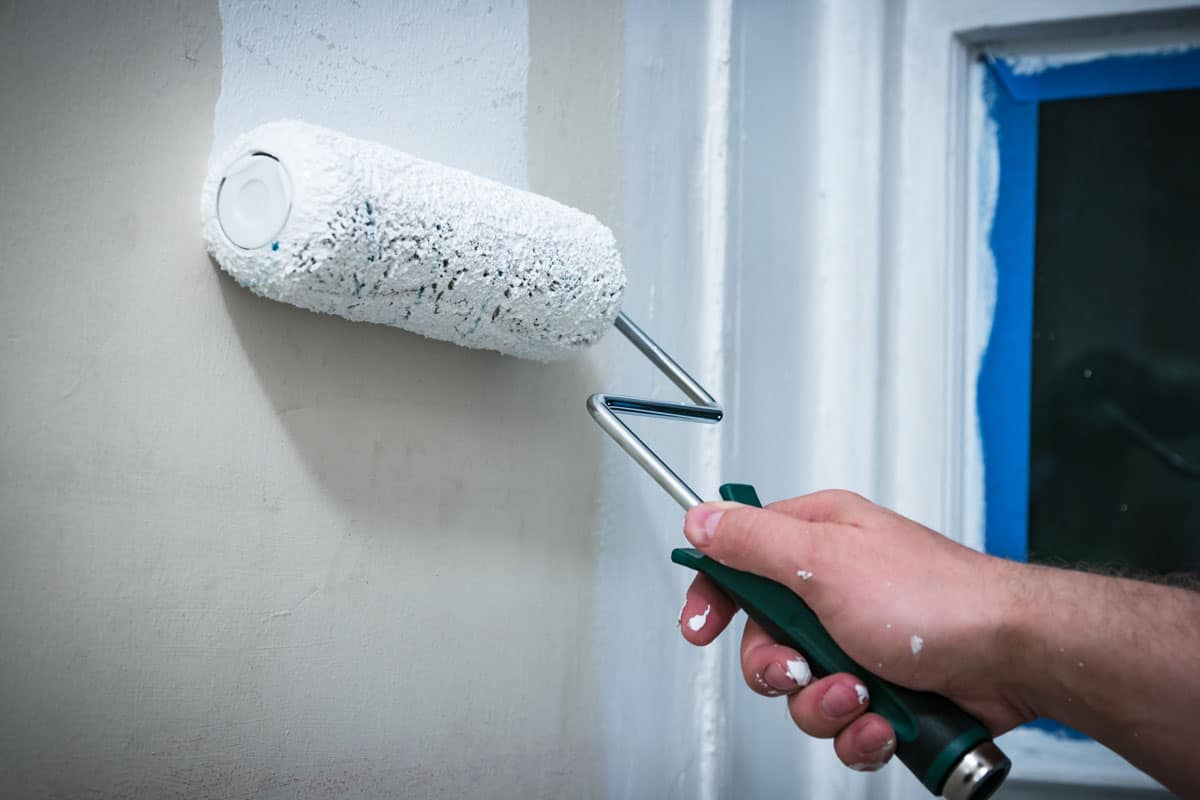
For those needing a primer for drywall mud, we recommend choosing a PVA primer with a latex base. PVA stands for polyvinyl acetate and essentially works with the latex to form a non-porous coating over drywall.
That also applies to drywall mud, which is known to be incredibly porous. Painting over a smooth surface ensures it can adhere in one, even coating, all of which a PVA primer will do.
Many home builders and DIY experts recommend using a primer with a latex base because it seals the pores of drywall surfaces quickly and easily: also being easily sandable.
You will likely need to sand down the wall once you're done adding drywall mud, as it won't be perfect yet for the paint. For example, if you need to use a sanding block or stick to fine-tune the drywall mud after it dries and is primed, you can easily do this when using a PVA latex primer.
Another detail to look for when shopping for drywall primer is using one with stain-blocking ingredients. That will keep the color of your drywall mud from seeping through the paint, which can be unattractive.
What Happens If I Don't Prime Drywall Mud?
Not priming drywall mud can cause many problems once you've finished painting. Most noticeably, unprimed drywall will show through your new coat of paint. You may notice a darker or lighter hue on that wall section, especially in bright or natural lighting.
In addition, you'll experience uneven coverage, especially along drywall seams. That applies mainly to projects using large volumes of drywall mud to connect pieces of the drywall, but it's still very common.
Another drawback to skipping primer on drywall mud is that it requires you to use more paint. From a cost standpoint, using one to two more coats of paint can set your project back hundreds of dollars, so make sure you prime.
Even then, your extra paint coats may not cover the differences between the rest of the wall and the drywall mud, so this can be a headache. All it takes to prevent this is to apply primer, and you're set!


Check out this product on Amazon.
Is Drywall Mud Easy To Use?
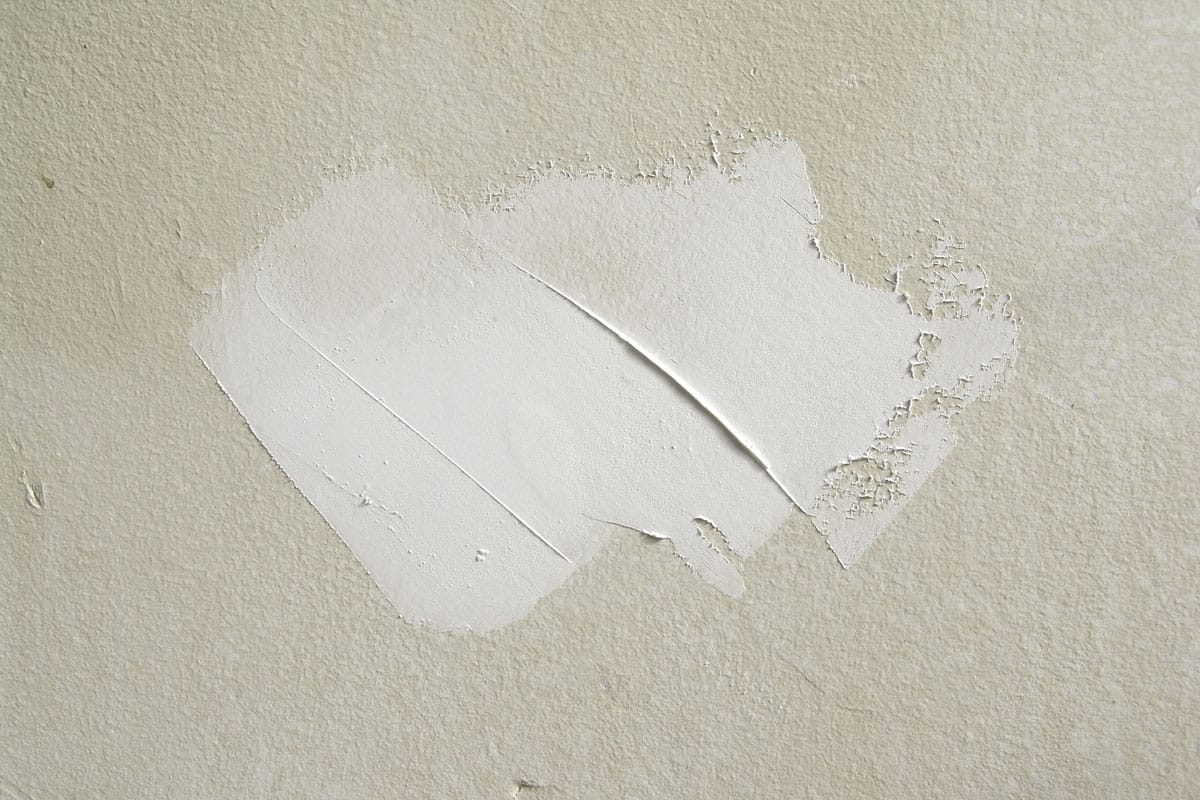
Using drywall mud should be pretty easy. Because this is essentially fill-in between drywall partitions or used for minor wall repairs, your mud won't be complicated to apply.
Lightweight, all-purpose drywall mud should be lighter and easier to sand than all-purpose joint compound. Using it instead of traditional joint compounds for your wall project can mean faster dry times and better results.
As we said, you'll likely need to sand the section where you apply drywall mud. Therefore, using a product that allows this to happen without putting up a fight is a good idea.
Furthermore, you can use drywall mud as a first and second coat for seams and corner beads. It's also considered a finishing coat to drywall before priming and painting.
Texturizing over drywall mud is also easier to maneuver than traditional joint compounds. So, overall, you can work smarter, not harder, when using this product type. Again, drywall mud still has a long wait time, but this is standard for any jointing compound. Patience is key!



Check out this product on Amazon.
Can You Leave A Mudded Drywall As Is?
Unless you or guests can't see the area you want to leave drywall in your home, we recommend finishing it. Unfinished mudded drywall can absorb moisture and become a breeding ground for mold and mildew. Therefore, we recommend priming and then painting over mudded drywall.
Painting mudded drywall may not be necessary if you're fixing a small patch of wall in your basement or closet. If you don't want to buy paint and primer, and the mudded drywall section is less than a foot, we'd say it's okay to leave it be.
To Finish It All Up
Whether you need to build another room or fix a hole in the wall, it's always good to understand drywall mud. We found that priming drywall mud is necessary, especially before adding paint.
Doing this ensures your paint has an even, non-porous wall to adhere to, leading to better results. When in doubt, apply a high-quality PVA latex-based primer!
We also have these articles you may be interested in:
Can You Screw Into Liquid Nails? [How Do These Products Work?]

